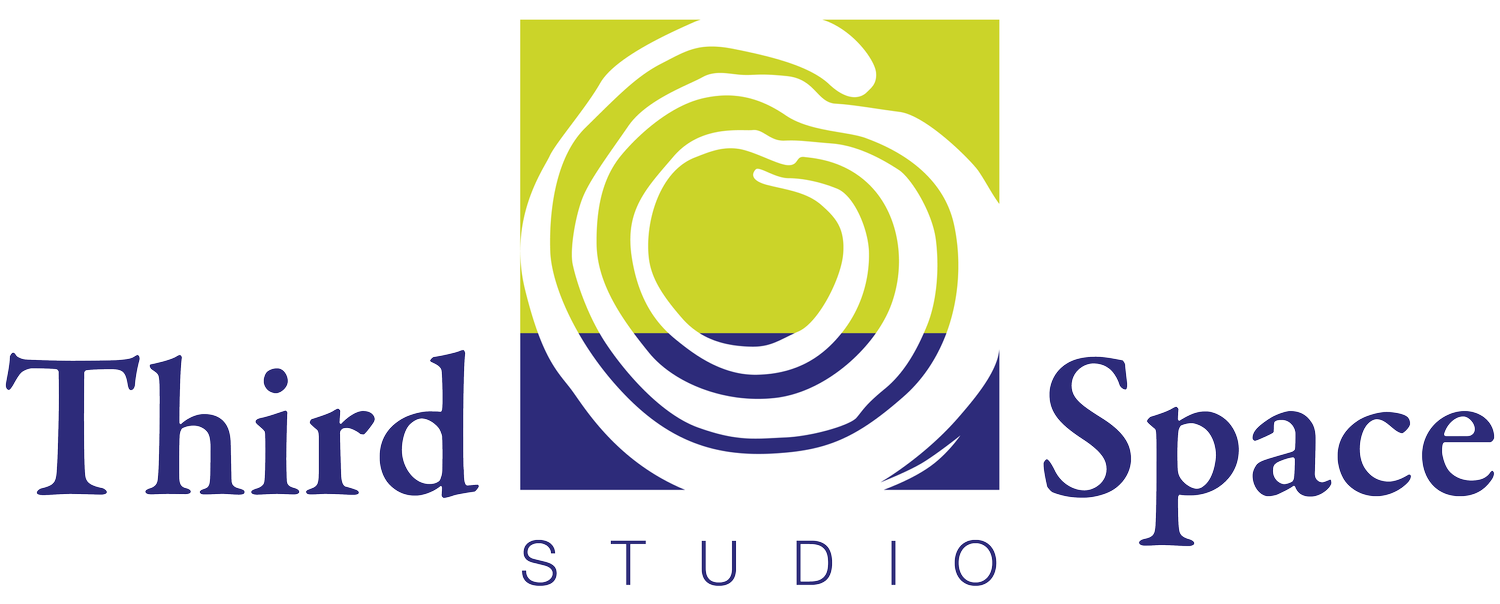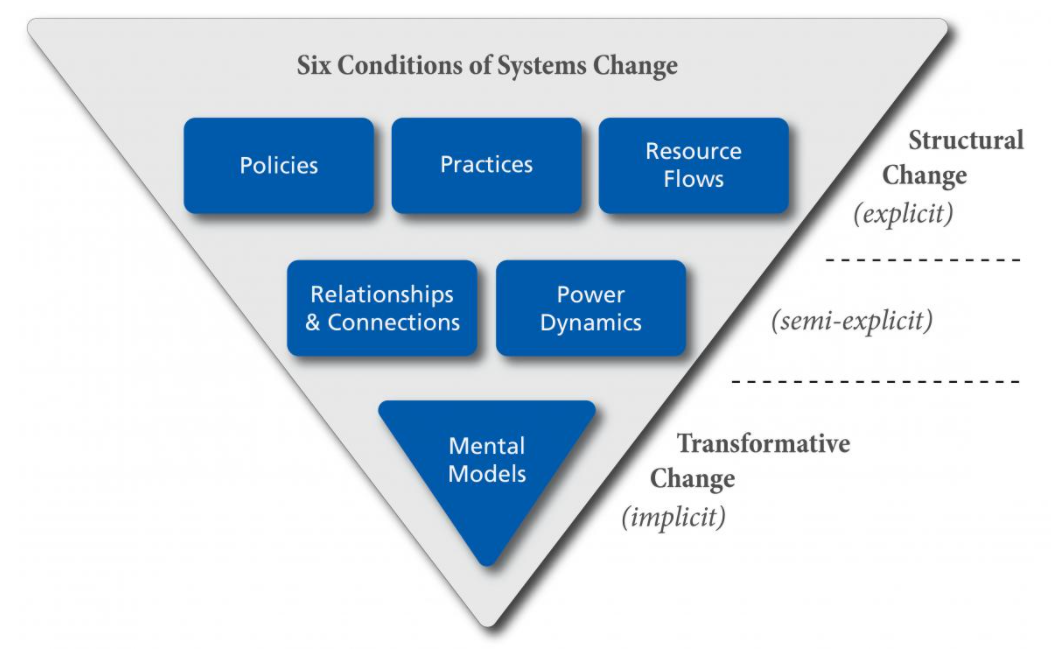Unlock Your Persistent Problems
In last month’s newsletter, I shared the beginnings of my exploration into better understanding power and how nonprofits might gain and use power. On this quest, I’ve realized that thinking about how to use power to create change was just that—a how question. Before I get to how, I need to focus on better understanding the what. What is it that we are trying to change?
I discovered some new concepts and a framework to aid in my exploration of the what of change on a recent webinar about the Six Conditions of System Change. The content of the webinar was derived from a recent article called “The Water of System Change,” written by John Kania, Mark Kramer, and Peter Senge.
I’ve followed Senge’s work on learning organizations and system thinking for years; you can find of many of his books on my shelves. John Kania and Mark Kramer wrote the first pieces on collective impact (another framework that I find useful, though often too simplistic). “The Water of System Change” is written for a philanthropic audience yet is useful for anyone who wants to make progress on deep and troublesome social and environmental problems.
Here are a few takeaways from the webinar and the article:
Systems change is about shifting the conditions that hold a problem in place. Though simple in expression, this is a big idea. Before we think about power and strategy, we have to understand what’s keeping the thing we want to change in place.
There are six conditions that hold most social or environmental problems in place. These conditions exist with varying degrees of visibility to the actors in the system. All six of the conditions are deeply intertwined and connected.
Most funders—and frankly, most nonprofits—focus their attention on the top level of structural change, working to shift policies, practices, and resource flows.
When coalitions and collaboratives build and deepen relationships between actors in a system, they are shifting the condition of relationships/connections. Sometimes they even shift power dynamics.
Generating shifts in mental models generates lasting change. But this work can be hard to do without making changes at other levels. There’s an iterative connection between narrative and mental models: when we change the stories that we tell about a problem and the people it impacts, we can shift mental models; and when we shift mental models, we change our narratives.
Racial equity work is systems change. We can all be better at applying a racial equity lens as we look at each of the six conditions.
There’s a lot to unpack in this framework, and a lot of potential to use it to better understand the complex systems that we are attempting to change with our strategies, programs, and power.

